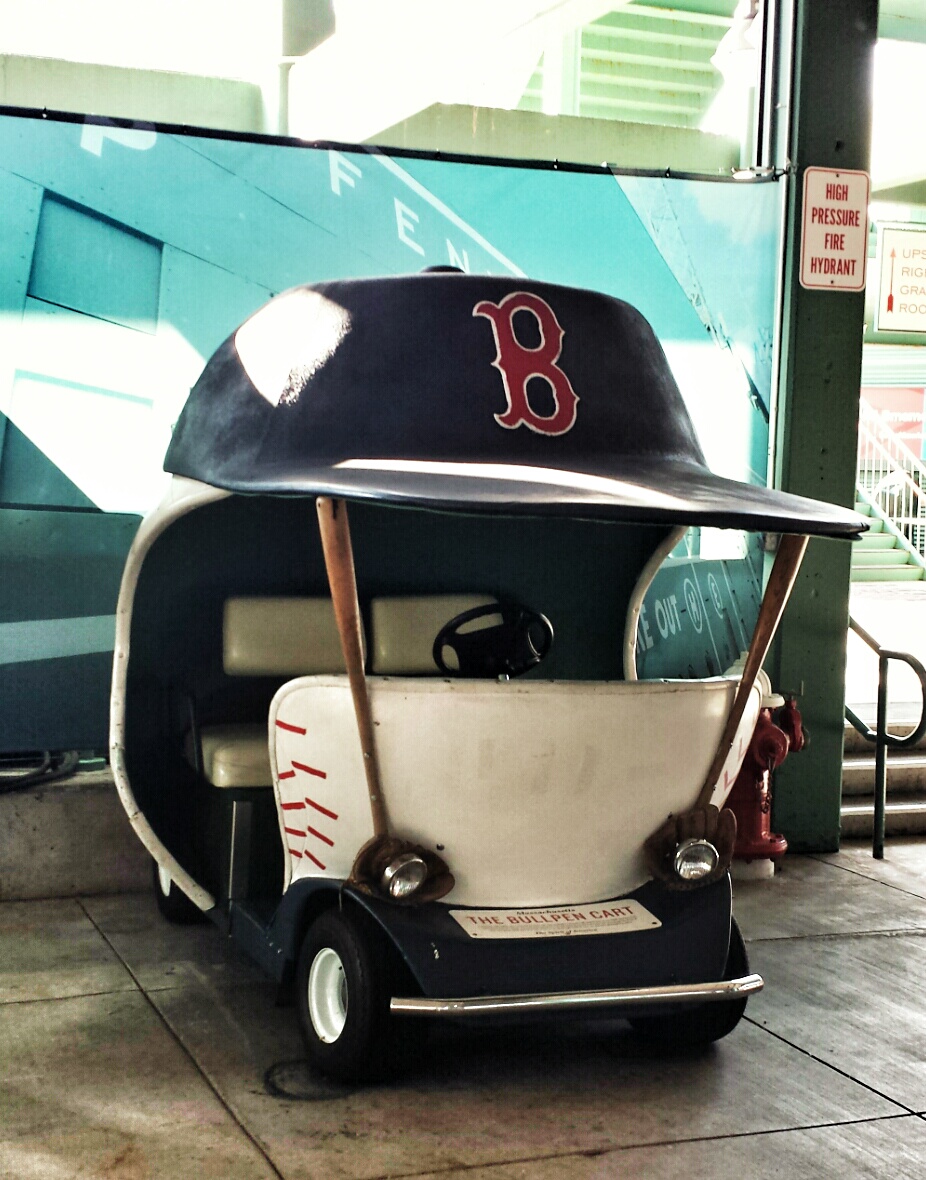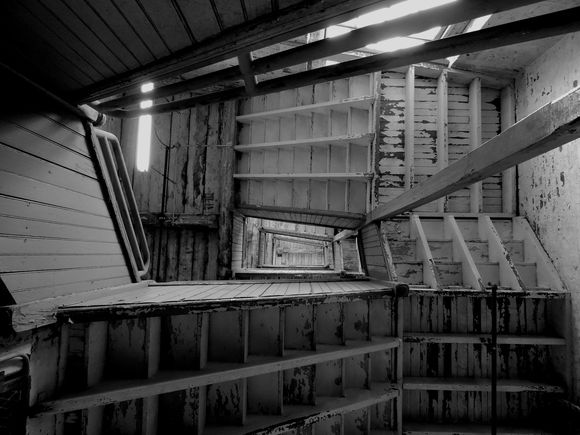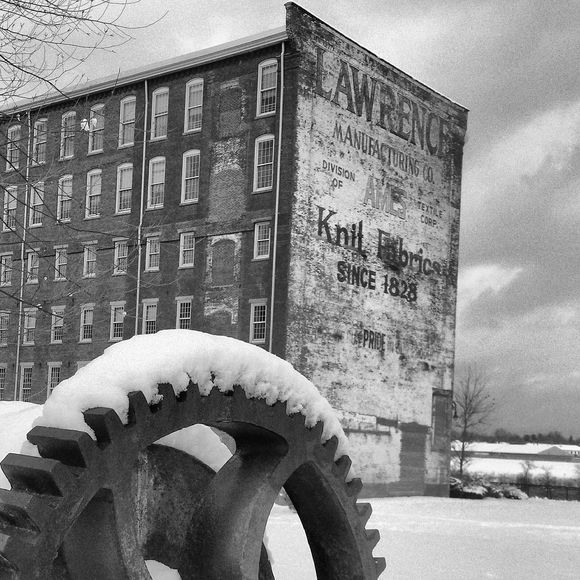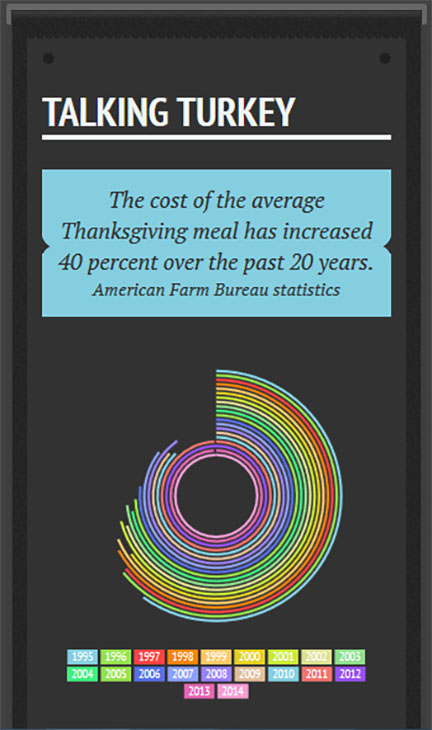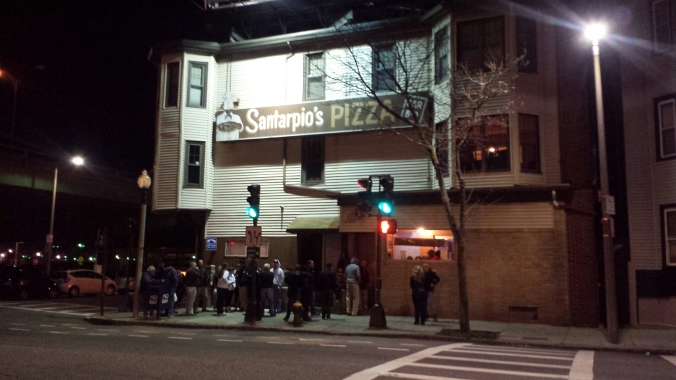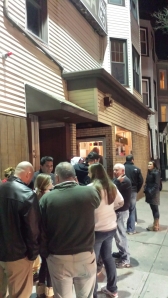As Boston Herald American photographer Stanley Forman was taking pictures of an anti-busing demonstration at City Hall Plaza on an unseasonably warm day in April 1976, he caught a glimpse of Ted Landsmark.
Landsmark, an African American lawyer, had made the ill-fated decision to cut through the plaza at the very moment agitated opponents of school desegregation were spilling out of City Hall. His timing couldn’t have been worse, and Forman sensed that the tension was about to be ratcheted up even further.
Anticipating the rush of the blood-thirsty crowd toward Landsmark, Forman quickly affixed a 20-millimeter lens onto his Nikon F camera body.
“I wish I had my 35-millimeter lens and not my 20,” Forman remembers thinking.
What followed made history.
Nearly 40 years later, digital technology has made film cameras all but obsolete. Like their predecessors, today’s photojournalists still require a keen eye for composing and capturing images, but the tools of the trade have changed dramatically. Even high-quality smartphone cameras are an essential part of the photojournalist’s arsenal, allowing for rapid uploads to news sites and social media platforms like Twitter and Facebook. Being first on scene is just part of the equation. These days, you also need to get your stuff online first to stay ahead of the competition.
Forman has inspired many of today’s photojournalists, including the Boston Herald’s Mark Garfinkel, who spends his workdays driving around Boston and its suburbs, an ever-crackling police scanner keeping him company. Garfinkel, who considers Forman a mentor, possesses the same newshound instincts as his Herald predecessor and says many of his best shots have come before the yellow police tape gets strung up.
“Sometimes I get to scenes before the actual police and fire units arrive,” said Garfinkel, who was featured in the October 2014 edition of News Photographer Magazine in a piece titled “The Last Cruiser.” “Get there fast or don’t get there at all, right?”
Garfinkel’s cameras are always within reach but his iPhone is a constant companion as well. He recently switched from a Blackberry and admits he’s truly come to appreciate the technology and flexibility that smartphone photography offers.
“You can get some pretty good shots with an iPhone and it’s important to be able to use it to upload your photos in breaking news situations,” said Garfinkel, whose Picture Boston website showcases some of his best work. “You don’t have to wait to find a Wi-Fi signal.”
Garfinkel said when you think of top-notch photojournalists, Forman and The Boston Globe’s Stan Grossfeld are at the top of the list.
“The two Stans are the first ones that come to mind,” Garfinkel said. “They’ve always had an unbelievable eye.”
Grossman won the 1984 Pulitzer Prize for his poignant photographs of the citizens of war-torn Lebanon and won his second one year later for his coverage of the famine in Ethopia and illegal aliens along the U.S.-Mexican border. A lot has changed in the industry, but the adaptation to the digital age was a fairly smooth transition for Grossfeld.
“In some ways, it’s a lot easier with the digital revolution,” said Grossfeld, now an associate editor at the Globe. “Everyone has Wi-Fi and you can get your pictures up anywhere. You never knew what was on your film, but you can see it all with digital. There used to be so much more mystery to it. With digital, it’s all right there.
“I remember having to bribe flight attendants to bring my film back to Boston from all over the world. Then you just had to hope you had something on your film when it got there.”
Even as the tools have evolved, Grossfeld said the basic premise of photography remains unchanged.
“It’s still storytelling but you can mold it more cohesively,” he said. “It’s important to tell a story in an entertaining and truthful way. Show something different that [the consumer] didn’t know about and maybe try to make a difference in whatever we’re trying to show.”
“I don’t look at myself as someone who makes an impact,” added Grossfeld, who started at the Globe in 1975 after beginning his career at The Star Ledger of Newark, New Jersey. “My photos are seen by hundreds of thousands of people and they resonate in different ways with different people.”
Forman said it’s often a challenge for photographers to do their jobs in the face of tragedy. He admitted to thinking about many of the images he’s captured, notably a series of gut-wrenching photos of a fire escape collapse in Boston, for which he won the 1976 Pulitzer Prize for Spot Photography. The 19-year-old woman who was trapped on the platform with her two-year-old goddaughter plunged to her death, just as firefighters were waiting for a ladder to be positioned for the rescue.
“I do think about that moment often, and many others. . . . I was 30 years old in 1975 when the fire escape collapsed,” Forman said in an email interview. ”I think it was easier for me to get through that tragedy in my youth; [I was] single [with] no children. My only real responsibility was to be a news photographer.”
He feels the same way about that day at City Hall Plaza, when he captured the terrifying scene of Landsmark being restrained by a white man while a second speared him with a flagpole bearing the American flag. “The Soiling of Old Glory” has become the iconic image of Boston’s troubled period of racial unrest and earned Forman his second straight Pulitzer Prize, the first photographer to win in consecutive years.
In both instances, it was a matter of Forman being in the right place at the right time.
Today, Forman is a videographer for Boston’s WCVB-TV, but a camera – and his smartphone, which he uses to upload images to his Twitter feed – is never out of his reach.
“I use my iPhone for quick stuff when I get to the scene of a breaking news event,” said Forman, who embraces the technology but also perceives a downside. “Everyone is a photographer now. The news photographer used to be something special.”
